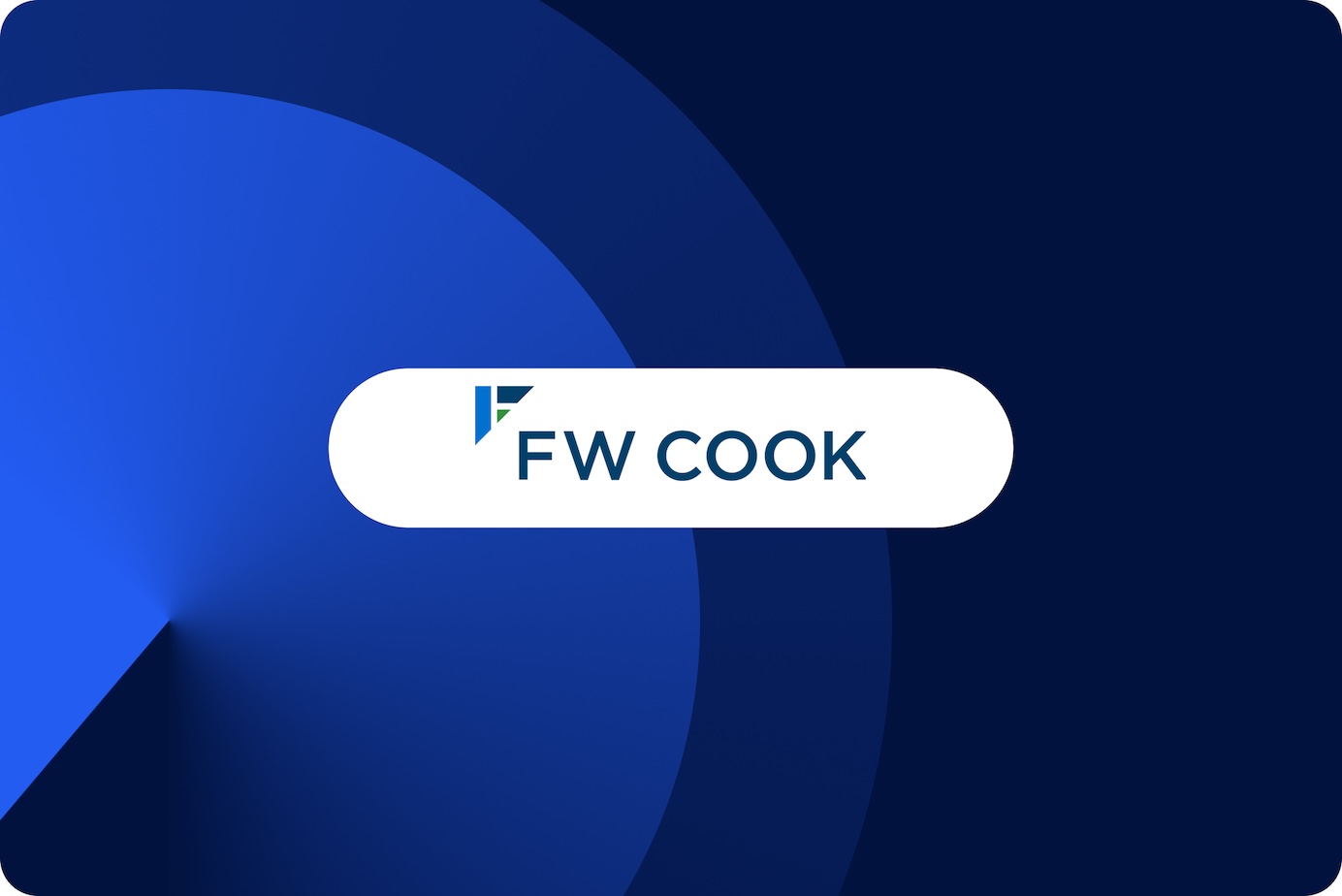"When people are financially invested, they want a return. When people are emotionally invested, they want to contribute." – Simon Sinek, Leadership Expert & Author
A strong ownership culture is the foundation of a thriving, high-performing organization. When employees truly feel like they have a stake in the company’s success, they’re more engaged, take greater accountability, and commit to long-term goals. But fostering this mindset takes more than just handing out equity—it requires open communication, empowerment, and ensuring that employees’ interests align with the company’s.
Here’s how you can build an ownership culture that gets everyone invested.
1. Give Employees a Real Stake in the Company
Ownership starts with financial participation, and equity-based incentives are a powerful way to give employees a meaningful stake in the company’s success. Stock options, restricted stock, and other forms of equity compensation let employees grow their wealth as the company grows, creating a sense of shared success.
Make Equity Grants Meaningful
For equity incentives to really motivate employees, they need to be substantial enough to make an impact. Small grants often don’t carry enough weight to drive engagement or retention. A tiered approach—offering larger equity stakes for critical roles—helps ensure employees see real value. Regular refresh grants also reinforce long-term commitment.
Tip: Stay competitive by benchmarking your equity offerings with data sources like Pave.
Prioritize Equity for Everyone
Broad-based equity plans create inclusivity, increase commitment, and boost innovation. Offering equity beyond executives—through stock purchase plans (ESPPs) or profit-sharing programs—helps employees feel like true stakeholders.
Tip: Implement equity plans with low barriers to entry (like cashless ESPPs) so more employees can participate.
Providing financial literacy resources about stock ownership is just as important. Regular workshops, interactive tools, and a dedicated equity support team help employees feel confident in managing their ownership stake.
2. Balance Equity with Competitive Salaries
Equity is great, but it should never replace a strong base salary. A well-rounded compensation strategy combines salary, benefits, and equity to ensure financial stability while encouraging long-term investment.
A great benefits package—including health insurance, retirement plans, and performance bonuses—adds even more value and reinforces a culture of commitment.
Tip: Clearly communicate the total value of compensation, including salary, benefits, and equity, so employees fully appreciate what they’re earning.
3. Have a Clear Equity Strategy
A well-defined equity strategy makes sure compensation plans align with company goals and that employees understand their stake. Equity programs should evolve with market trends, company performance and growth, and employee feedback.
Tip: Regularly review your equity strategy to keep it competitive and relevant.
4. Be Transparent About Equity
For equity ownership to be meaningful, employees need to understand how it works and how company performance affects their financial stake. You can build transparency by offering:
- Quarterly equity briefings
- Real-time tracking dashboards (e.g., Shareworks)
- Regular updates on valuation, stock price, and funding rounds
- Dedicated Q&A sessions about equity compensation
Tip: Use a recordkeeping system for equity tracking and provide quarterly equity statements to keep employees informed and engaged.
5. Celebrate Growth Together
When your company reaches a big milestone—like a funding round, IPO, or valuation increase—make it a big deal! Employees should feel excited about their ownership growing in value. Hosting Equity Milestone Celebrations, offering additional stock awards for long-term employees, and recognizing key achievements helps reinforce this shared success.
Tip: Celebrate significant equity events to build excitement and deepen employee investment in the company’s future.
6. Involve Employees in Strategic Planning
Employees should feel like business partners, not just workers. Involving them in strategic discussions and goal-setting fosters a deeper connection to the company’s mission.
Giving employees ways to share ideas, suggest innovations, and participate in company-wide initiatives makes them feel like valued contributors. Open forums and collaborative strategic planning sessions help create a more engaged workforce.
Tip: Schedule regular town halls or strategy sessions where employees can discuss the company’s direction.
7. Help Employees See the Long-Term Benefits
Many employees don’t realize the wealth-building potential of equity compensation. Educating them on stock value appreciation and the benefit of holding shares long-term can be eye-opening.
Offering stock education programs with real-world success stories and personalized financial counseling sessions can help employees make informed decisions.
Tip: Share real employee testimonials to highlight the impact of long-term equity growth.
8. Make Equity Simple and Exciting
For equity programs to be effective, employees need to understand how they work and how to maximize their benefits.
Tip: Develop a financial support program that includes:
- Equity Compensation 101: Explain stock options, RSUs, and ESPPs in an easy-to-understand way.
- Long-Term Financial Planning: Educate employees on diversification, tax considerations, and financial goals.
- Risks of Non-Participation: Highlight the financial downside of not taking advantage of equity programs.
Providing digital tools, calculators, and access to financial advisors can make it even easier for employees to make informed decisions about their equity.
Building an Ownership Culture: More Than Just a Concept
Creating a workplace where employees feel genuinely invested in the company’s future requires a deliberate and thoughtful approach. By putting these strategies into action, you can create a workplace where employees feel genuinely invested in the company’s future.
Start today. Make equity meaningful, empower employees, and build a workplace where ownership is more than just a concept—it’s a shared commitment to success.
Robyn is a Partner at Infinite Equity, specializing in global equity compensation consulting for multinational employers. She has over 20 years of experience advising companies on all aspects of their equity compensation programs, including plan design and implementation, employee communications strategies, and administration efficiencies and optimization. Prior to joining Infinite Equity, Robyn held various leadership positions with Computershare, the Global Equity Organization (GEO), the National Association of Stock Plan Professionals (NASPP), and several San Diego based technology companies. Robyn is an active board member for the Certified Equity Professional Institute, a frequent speaker on equity compensation topics, and co-author of the book, “If I’d Only Known That.”








